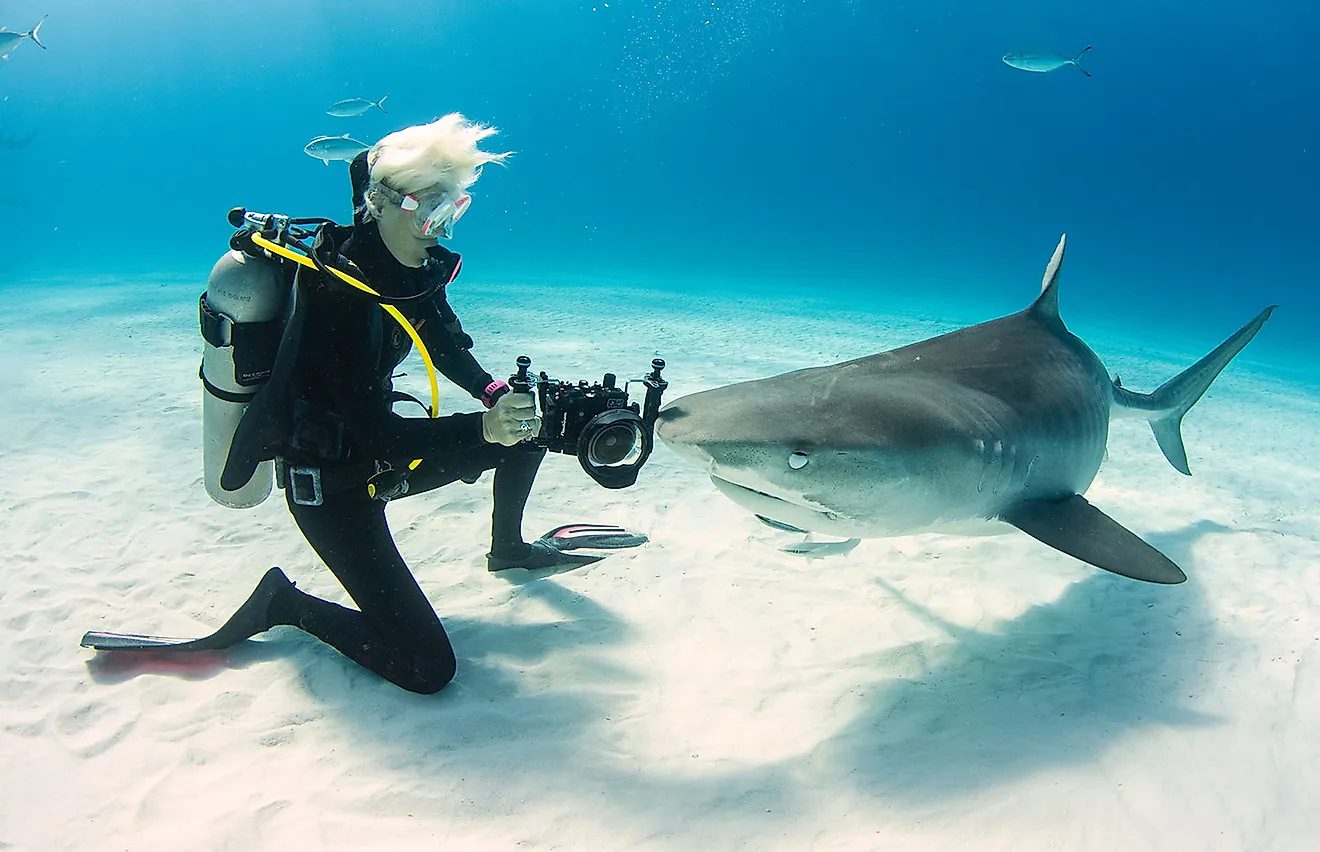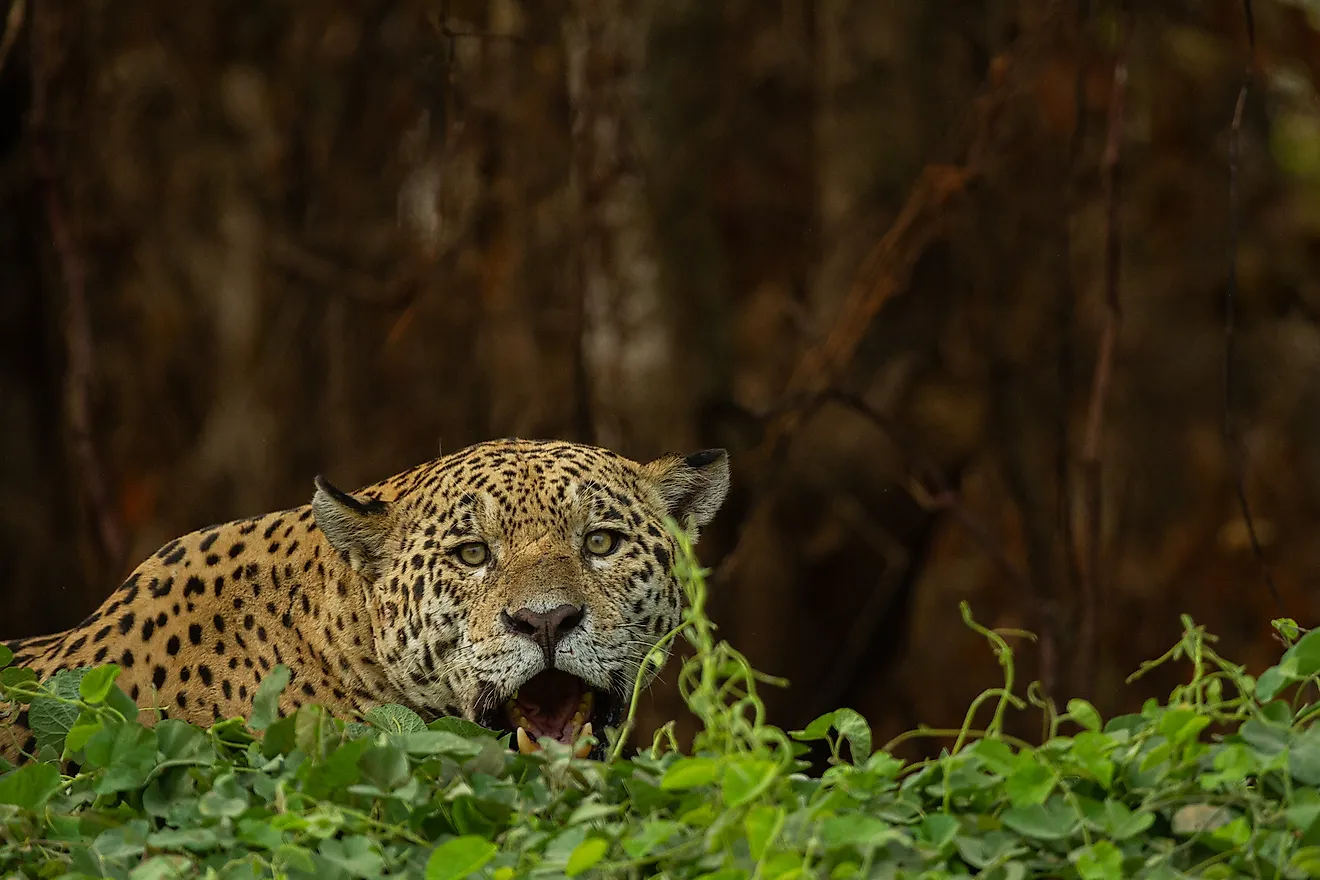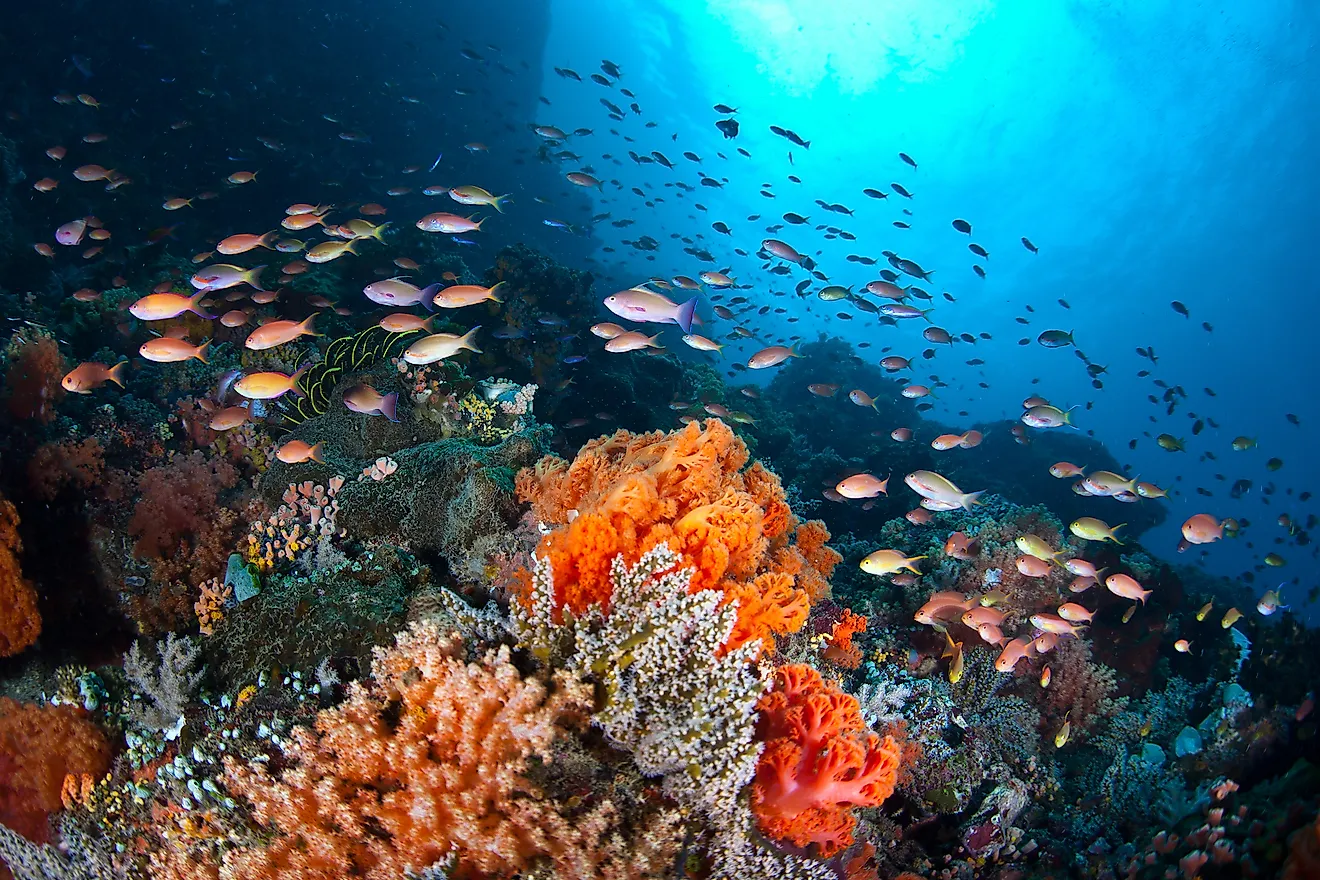Native Fish Species Of Bolivia

Bolivia is a land of many rivers and lakes, and these house a wide variety of freshwater fish, including many catfish species. In its portion of the massive Amazon River Basin, many species of catfish occur that range in sizes from the tiny parasitic catfish diabolical candiru, which lodges itself in the urethra opening of other fish or animals, to the monstrous piraiba, which grows to over ten feet long and weighs 500 pounds. Among the over 250 species found in Amazon basin, the catfish order is the second most diverse and the most spectacular group.
Spotted Rafael Catfish (Agamyxix pectinifrons)
The Spotted Raphael Catfish is a gorgeous fish. Its body is dark brown to blackish color with an irregular pattern of small dots that range from white to pale yellow. It has dark fins with spots and stripes that form cross-wire bars. It has thorny projections that help it survive in a hostile environment. Female fish is bigger than male. The fish can live up to 10 years. The fish inhabits the Amazon basin covering Brazil, Peru, and Bolivia. It lives in a range of habitats but is most comfortable in slow to still moving waters with a lot of plants and root where it can hide. During the rainy season, it migrates into the food-rich flooded forest floors. It is a nocturnal fish that looks shy and looks for a comfortable place to hide during the day. It likes to burrow in the soft river bottoms and wedge into tight spaces. The juveniles spend most of the day in vegetation trying to keep away from the sun and come out in the evening when it gets dark to feed. When stressed it spikes out its high side spines in a rigid manner. It schools with fishes of its own kind or with similar looking species. It mostly feeds on crustaceans, worms, insects and plant matter. The fish is tolerant to most water conditions.
Guitarrito (Bunocephalus coracoideus)
The Guitarrito has a brown body with a dark band, covered with blotches and small pale spots. The underside is paler with brown spots. The fins are brown with black blotches. It grows up to 12 centimeters long. It has a broad and flat head with small eyes. Guitarrito is a fish species found in the Amazon River basin and is found in Bolivia, Peru, Brazil, and Uruguay. It inhabits permanent rivers, creeks, and pools, freshwater marshes and pools with bushy vegetation. They bury themselves in the sand during the day and come out at night to look for food. They lay a clutch of up to 4,000 eggs in sandy substrates in groups. Unlike other species, the female does not carry its eggs in cotylophores.It moves by taking water into the mouth and propelling it out through their gills. It feeds on a broad range of foods including organic matter at the bottom of rivers and small fishes.
Spotted Tiger Shovelnose Catfish (pseudoplatystoma punctifier)
The Spotted Tiger Shovelnose Catfish grows up to a maximum of 140 centimeters in length. The body has vertical stripes on the upper side and a white belly.It has a lifespan of 20 years and more. It has a long mouth with whiskers. The fish is endemic to the Amazon River basin and occurs in Peru, Ecuador, Bolivia, Brazil, and Colombia. It is predatory and can eat other smaller fish if hungry.It is a little aggressive towards other catfish. It is a carnivore fish which feeds on a mixed and varied diet including earthworms, mussels, pellets, fillets, and whole prawns.
Amazonian Silver Dollar (metynnis hypsauchen)
The Amazonian Silver Dollar has a circular body with a marked lateral compression. It has tiny scales, small mouth, and enlarged lips. They can reach a size of five inches with the male being smaller than the female. The body is silver gray, with a slightly darker upper side, pale anal fin and spotted dorsal fin. It occurs in both the Amazon and Rio Paraguay River Basins, as well as some northern rivers in the Guyana Shield. Its favorite habitats are freshwater tributaries with dense vegetation. During breeding, the male anal fin grows longer with a brighter red color. Spawns contain approximately 200 eggs which hatch after three days, and the fry starts swimming after additional 2 to 5 days. They start eating two days after they start swimming. The fish loves green aquatic plants, and predominately feeds on the varied vegetation found in the rivers it inhabits.
Future Prospects for Fish in Bolivia
These beautiful catfishes and other spectacular fishes that are native to Bolivia fascinate anglers and nature lovers from around the world. Most of them are hardy fishes and will tolerate different types of waters and habitats thus occur in abundance and face little threat of extinction. However, due to their spectacular nature, the fishes are prone to captive breeding and international trade which most likely may cause a threat to them if not checked. Other types of Bolivian native fishes include the Three-Stripe Pencil Fish, the Spiny Catfish, the Aguarague Pencil Catfish, the One-Sided Livebearer, and the One-Lined Pencil Fish.
Native Fish Species Of Bolivia
| Native Fish of Bolivia | Scientific Name |
|---|---|
| Spotted Raphael Catfish | Agamyxis pectinifrons |
| Guitaritto | Bunocephalus coracoideus |
| Spotted Tiger Shovelnose Catfish | Pseudoplatystoma punctifer |
| Amazonian Silver Dollar | Metynnis hypsauchen |
| One-Lined Pencilfish | Nannostomus unifasciatus |
| One-Sided Livebearer | Jenynsia lineata |
| Porthole Shovelnose Catfish | Hemisorubim platyrhynchos |
| Spiny Catfish | Platydoras cataphractus |
| Three-Stripe Pencilfish | Nannostomus trifasciatus |
| Aguaragüe Pencil Catfish | Trichomycterus aguarague |











